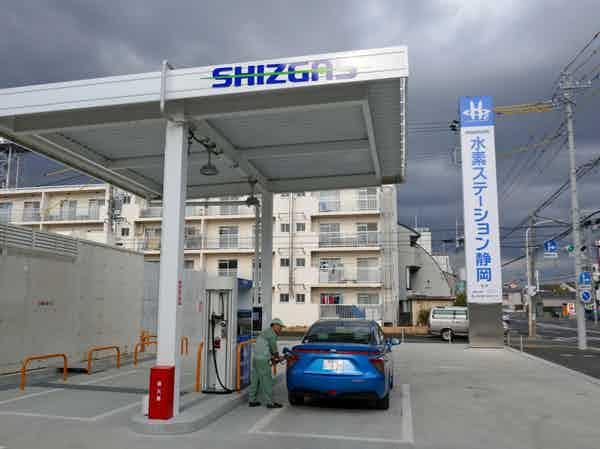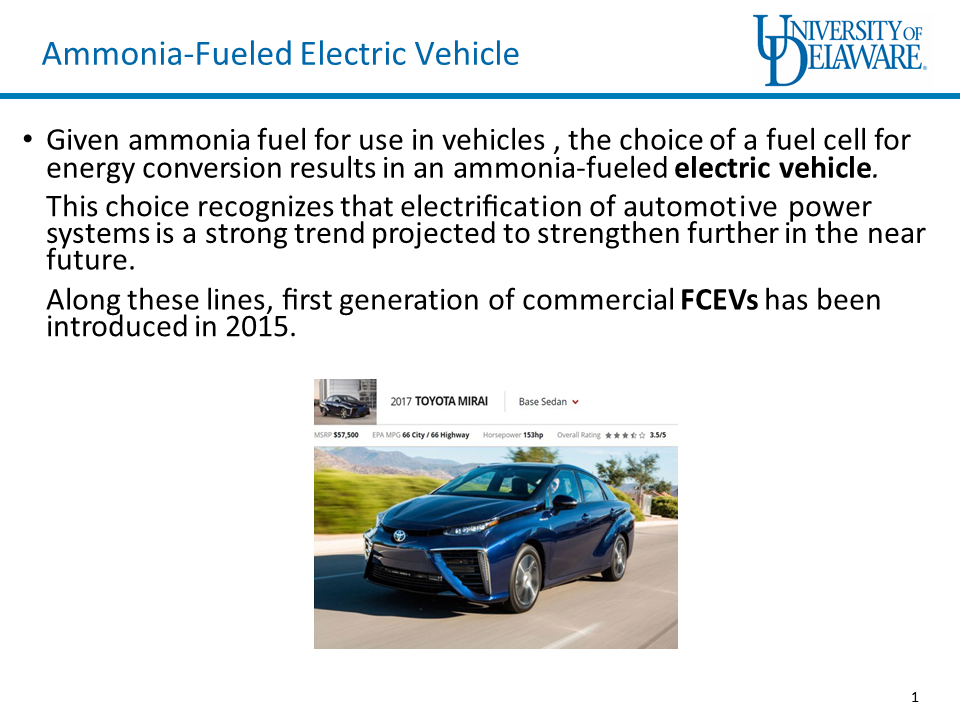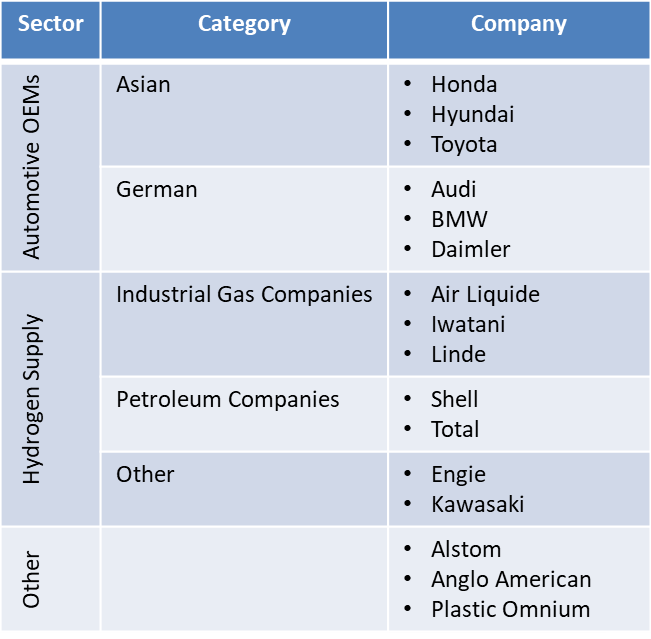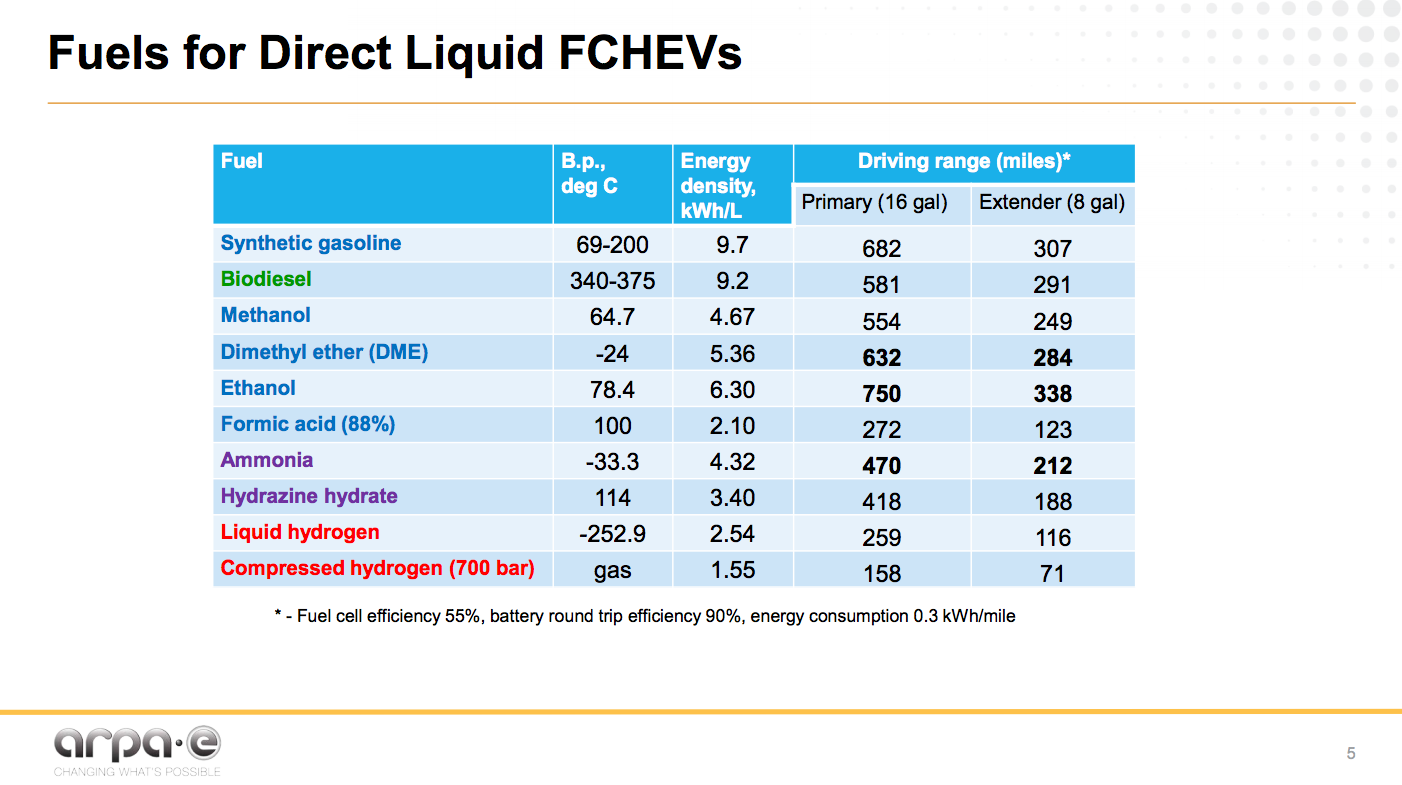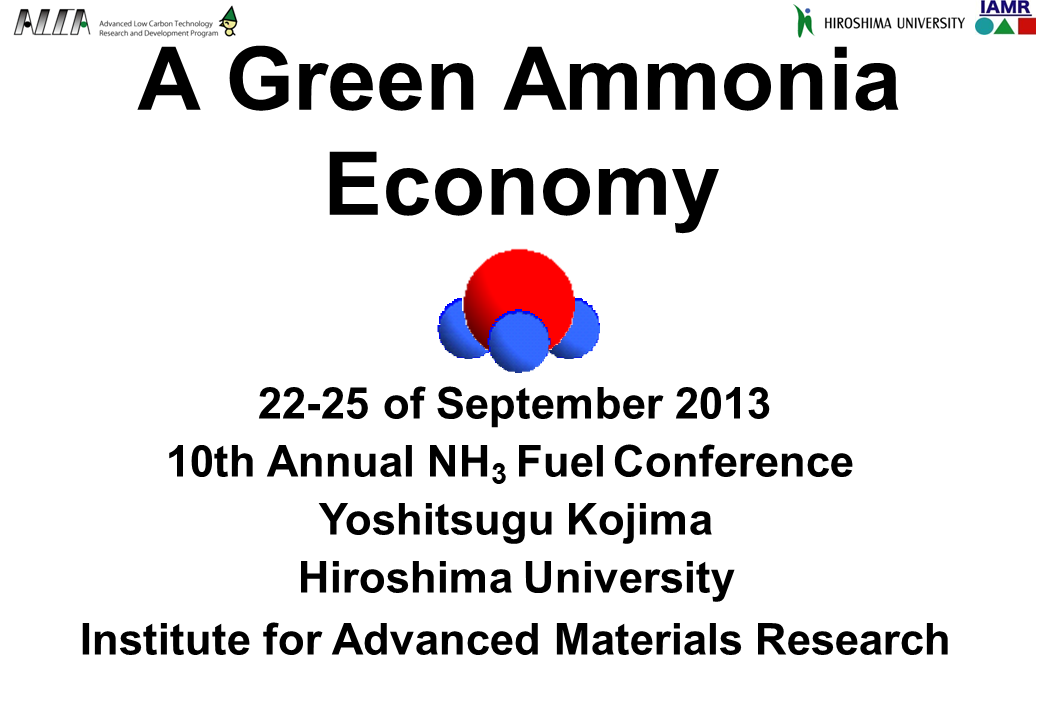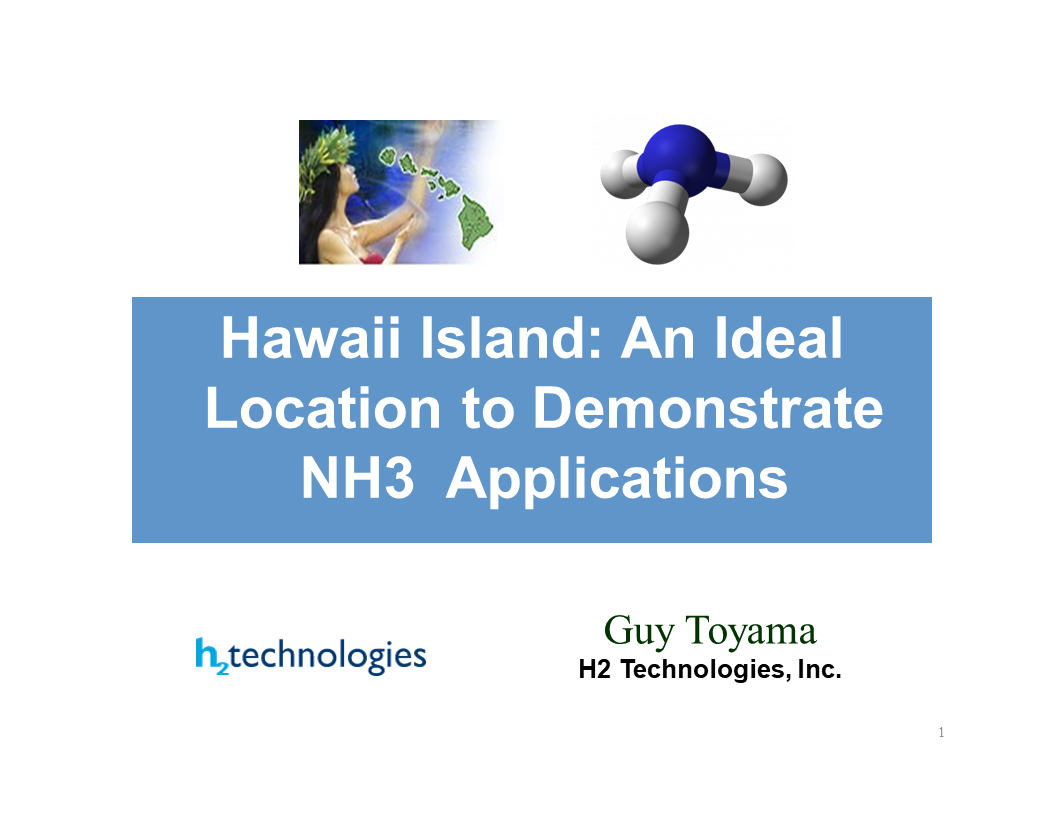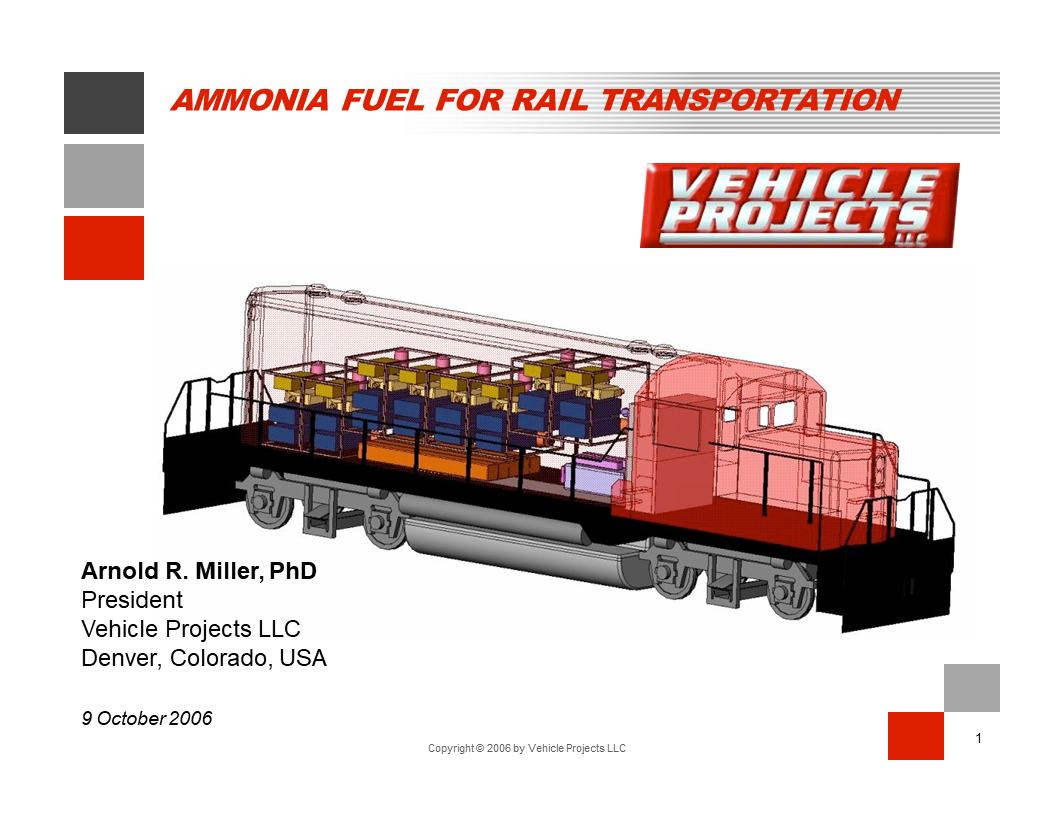On the Ground in Japan: Hydrogen Activity Accelerates
A recent Ammonia Energy post mentioned that in December 2017 “the Japanese government . . . approved an updated hydrogen strategy which appears to give ammonia the inside track in the race against liquid hydrogen (LH2) and liquid organic hydride (LOH) energy carrier systems.” While this news is positive, the hydrogen strategy remains the essential context for economic implementation of ammonia energy technologies in Japan; ammonia’s prospects are only as bright as those of hydrogen. This is why Ammonia Energy asks from time to time, how is hydrogen faring in Japan?
